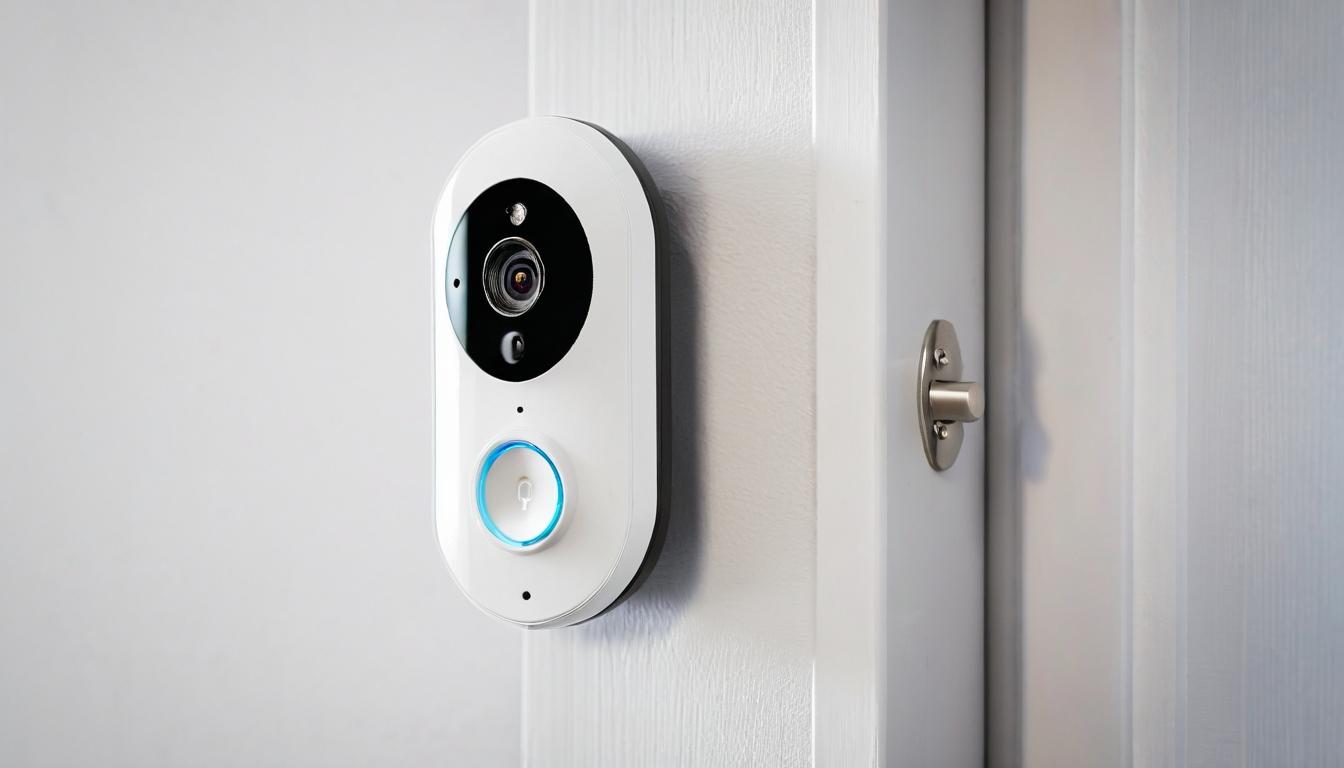You've installed the cameras, connected the smart locks, and programmed the lighting systems. Your home security setup looks impressive on the surface—a fortress of digital protection. But while you're monitoring your front door, there's a backdoor you might have left wide open. The very technology designed to protect your family could be inviting strangers into your most private spaces.
Smart home security systems have become the modern equivalent of leaving a key under the mat. Hackers know that most homeowners focus on the obvious vulnerabilities while ignoring the digital footprints they leave everywhere. Your Wi-Fi network, that voice assistant sitting on your counter, even your smart refrigerator—they're all potential entry points for someone who knows how to listen.
I spent three months talking with cybersecurity experts, former hackers, and families who learned the hard way that their connected homes weren't as secure as they thought. The patterns that emerged were both predictable and terrifying. Most people make the same five critical mistakes when setting up their smart security systems, creating vulnerabilities that criminals can exploit with surprisingly simple techniques.
One of the most concerning trends involves what security professionals call 'the Internet of Vulnerable Things.' That smart camera you bought because it was cheap? It might be broadcasting your living room to strangers. The baby monitor that gives you peace of mind? It could be sharing that feed with anyone who knows how to Google the default password. Manufacturers prioritize convenience over security, and consumers pay the price.
Then there's the Wi-Fi problem. Your router is the gateway to every connected device in your home, yet most people never change the default admin password. Hackers maintain databases of these defaults and can access your network in minutes. Once they're in, they can disable your security cameras while they're active, unlock your smart doors, or even use your devices to launch attacks on other networks.
The psychological aspect of home security is just as important as the technical one. Burglars don't just look for easy targets—they look for predictable patterns. That smart lighting system you programmed to turn on at 6 PM every evening? It tells criminals exactly when you're not home. The security camera that only points at your front door? It reveals where you're not watching.
What surprised me most during my investigation was how many security vulnerabilities stem from human behavior rather than technical flaws. People reuse passwords across multiple devices, share their security camera feeds on social media, and fail to update firmware because they find the process annoying. Each of these seemingly minor decisions creates opportunities for exploitation.
The solution isn't to abandon smart home technology—it's to approach it with the same skepticism you'd apply to a stranger offering to watch your house while you're on vacation. Simple changes can dramatically improve your security: enable two-factor authentication, create separate networks for your smart devices, regularly update firmware, and monitor your network for unusual activity.
Perhaps the most important lesson from my research is that home security isn't about creating an impenetrable fortress. It's about making your home less attractive to criminals than your neighbors'. By understanding the hidden vulnerabilities in modern security systems and taking proactive steps to address them, you can enjoy the convenience of smart technology without sacrificing your family's safety.
The hidden security gaps in your smart home that hackers love




